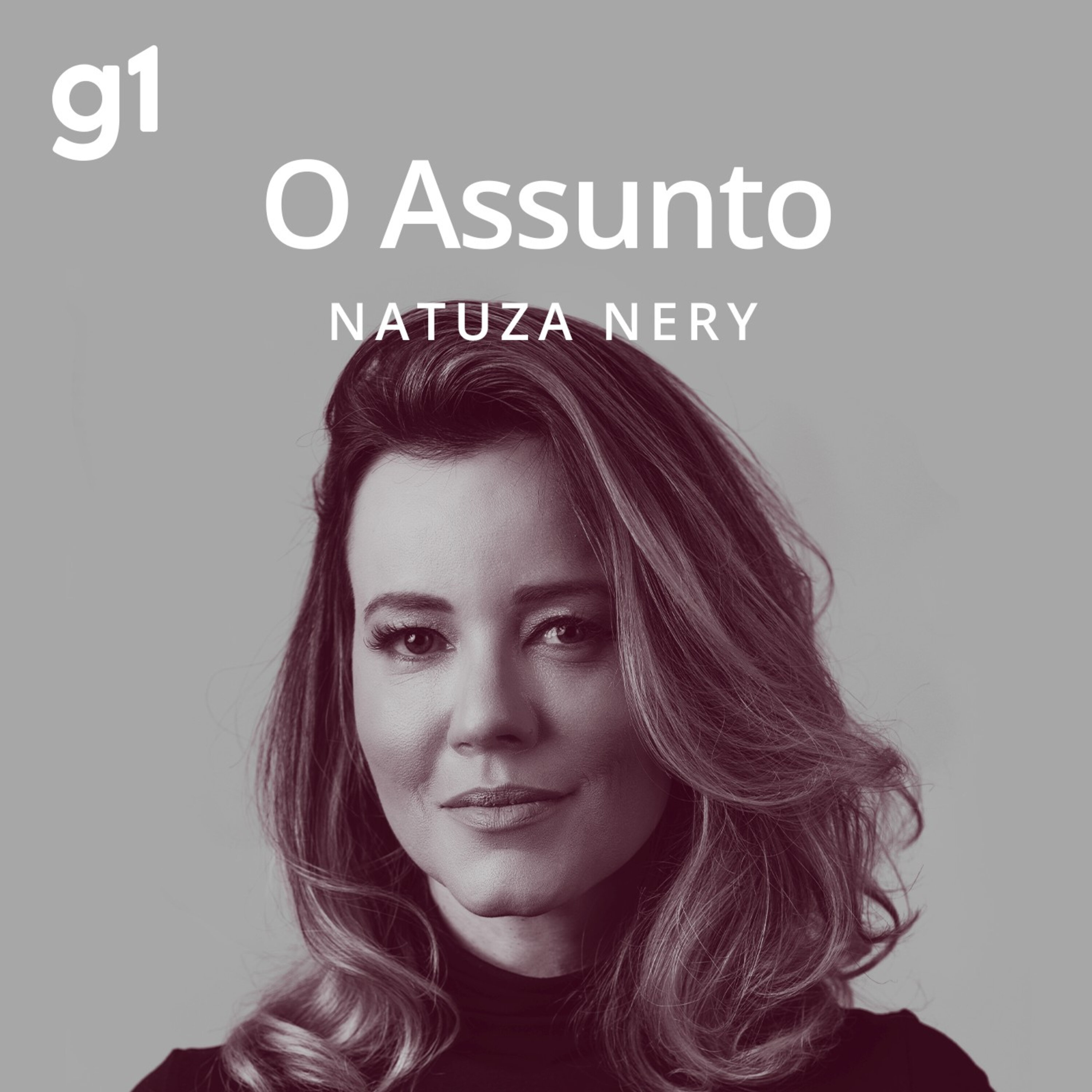Spelade
-
A pandemia e, depois, a guerra da Ucrânia provocaram uma crise nas cadeias de produção global. Desde 2020, o preço dos carros no Brasil escalou para seu patamar mais alto – o que resultou no envelhecimento da frota nas ruas e na queda de vendas. Agora, de olho na classe média, o governo decidiu agir: nesta quinta-feira (25), o vice-presidente e ministro da Indústria, Geraldo Alckmin, anunciou um programa de estímulos para o carro popular. É um pacote de desoneração de impostos que atende até veículos de R$ 120 mil. E que promete reduzir o preço de saída dos carros 0 km de quase R$ 70 mil para menos de R$ 60 mil. Sobre isso, Natuza Nery conversa com o jornalista André Paixão, editor da revista AutoEsporte, e com Carlos Góes, economista que faz PhD na Universidade da Califórnia e é fundador do Instituto Mercado Popular. Neste episódio: - André analisa a “extinção” dos carros populares no Brasil, um segmento que foi enorme no mercado automobilístico décadas atrás: “São carros que dão menos lucro para os fabricantes”; - O jornalista informa quais veículos devem ser barateados com a redução dos impostos – que seguirão três critérios: preço, emissão de poluentes e cadeia de produção. E lembra que, embora a questão ambiental tenha sido citada pelo governo, “o estímulo não contempla nenhum carro elétrico ou híbrido”; - Carlos explica que as pesquisas econômicas mais recentes apontam que uma “política industrial ótima deve incentivar os setores da base da cadeia produtiva e provêm insumos para os outros”. Ou seja, para ele, o anúncio do governo incentiva um setor que é “exatamente o contrário disso”; - Ele recorda que a política de desoneração fiscal para estímulos setoriais do governo Dilma Rousseff resultou na “maior recessão brasileira em 100 anos”. Para Carlos, tal política pode se justificar com investimentos específicos em pesquisa e desenvolvimento, mas “há risco daquela situação voltar a acontecer”.
-
In dieser Folge sprechen Markus Lanz und Richard David Precht über die stolze Geschichte der Sozialdemokratie. Keine andere Partei hat dieses Land seit ihrer Gründung vor 160 Jahren so geprägt wie die SPD. Unvergessen zum Beispiel die Rede von Otto Wels zum „Ermächtigungsgesetz“: „Freiheit und Leben kann man uns nehmen - die Ehre nicht!". Doch wie viel Mehr-Demokratie-Wagen steckt heute noch in der SPD? Heißt politisches Handeln heute, niemanden mehr wehtun zu wollen? Diesen Fragen und einem Blick in die Ukraine gehen Lanz und Precht in dieser Woche nach.
-
Welcome to Eye on AI, the podcast that keeps you informed about the latest trends, obstacles, and possibilities in the realm of artificial intelligence. In this episode, we have the privilege of engaging in a thought-provoking discussion with Aidan Gomez, an exceptional AI developer and co-founder of Cohere.
Aidan’s passion lies in enhancing the efficiency of massive neural networks and effectively deploying them in the real world. Drawing from his vast experience, which includes leading a team of researchers at For.ai and conducting groundbreaking research at Google Brain, Aidan provides us with unique insights and anecdotes that shed light on the AI landscape.
During our conversation, Aidan explains his collaboration with the legendary Geoffrey Hinton and their remarkable project at Google Brain. We delve into the intricate architecture of AI systems, demystifying the construction of the transformative transformer algorithm. Aidan generously shares his knowledge on the creation of attention within these models and the complexities of scaling such systems.
As we explore the fascinating domain of language models, Aidan discusses their learning process, bridging the gap between code and data. We uncover the immense potential of these models to suggest other large-scale counterparts. We gain invaluable insights into Aidan’s journey as a co-founder of Cohere, an innovative platform revolutionizing the utilization of language technology.
Tune in to Eye on AI now to immerse yourself in a captivating conversation that will expand your understanding of this ever-develop field.
(00:00) Preview
(00:33) Introduction & sponsorship
(02:00) Aidan's background with machine learning & AI
(05:10) Geoffrey Hinton & Aidan Gomez working together
(07:55) Aidan Gomez & Google Brain's project
(12:53) Aidan's role in building AI architecture
(15:25) How the transformer algorithm is built
(18:25) How do you create attention?
(20:40) How do you scale the model?
(25:10) How language models learn from code and data
(29:55) Did you know the potential of the project?
(34:15) Can LLMs suggest other large models?
(36:45) How Aidan Gomez started Cohere
(41:10) How do people use Cohere?
(46:50) Examples of language technology models
(48:40) How Cohere handles hallucinations
(52:53) The dangers of AI
Craig Smith Twitter: https://twitter.com/craigssEye on A.I. Twitter: https://twitter.com/EyeOn_AI



